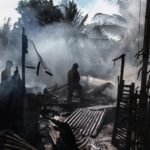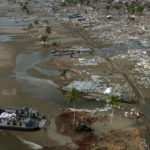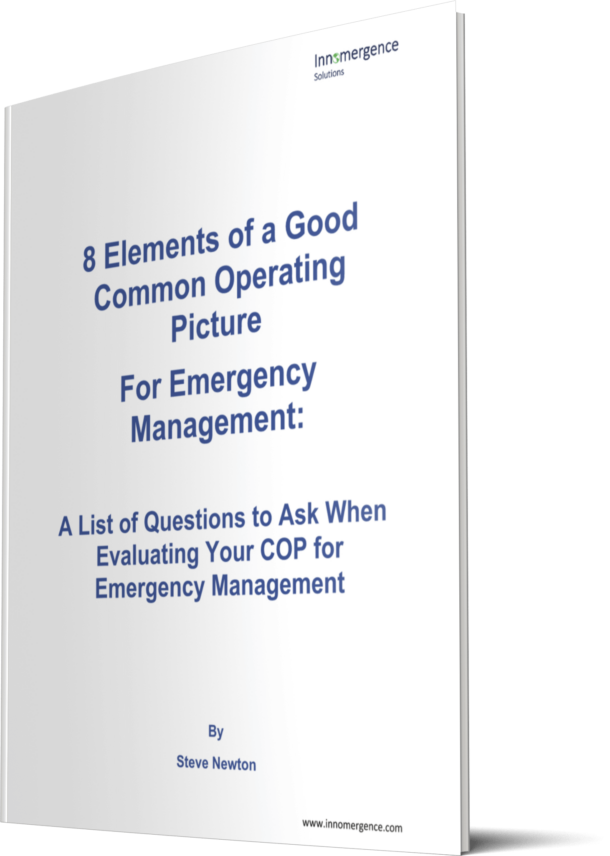Spring of 2018
Spring freshet 2018 was another record-breaking year for flood, this time in the Kootenay Boundary area in south central British Columbia. As a result of record snow pack, record high seasonal temperatures, and a significant rain-on-snow event, the Kettle, West Kettle, and Granby Rivers saw the highest levels in recorded history. The local government EOC evacuated approximately 1600 properties over an area of approximately 2000 square kilometres. The evacuees were supported with food, shelter, and other essential needs through a Provincial Government program. Costs per household to the Provincial Government easily exceeded $100 per day.
When the water levels began to subside, a rapid damage assessment (RDA) project was initiated to determine which homes were safe for residents to return to so they could begin their recovery activities. Traditionally, the RDA’s would have been done by a team of people trained to an international standard which included the use of paper forms filled out manually. The forms would be returned to the EOC at the end of each day and manually transcribed on to a map as part of a larger re-entry plan. This process from initial RDA to notification of residents often took many days, and sometimes it could span a few weeks.
The EOC folks decided to try a different approach. They engaged 47 volunteer fire fighters and provided them a 3 hour RDA training session to the same international standard. This was followed by a 1 hour training session on the use of a mobile data collection tool, which was conducted remotely by the software vendor. The entire RDA project from initial training through to notification was approximately 2 ½ days and 1100 properties were allowed to return.
The use of technology expedited the entire RDA process by several days, and once the evacuation orders were lifted on the 1100 properties the evacuees no longer needed the immediate support from the Province for food and shelter. The rough math on this is 1100 x $100 = $110,000 per day that the Province was no longer providing as the evacuees were able to return to their homes sooner that what would have been the traditional practice of several more days for re-entry.
Another example of how the smart use of technology can help reduce suffering to impacted residents, and also save substantial amounts of money to the governments.





